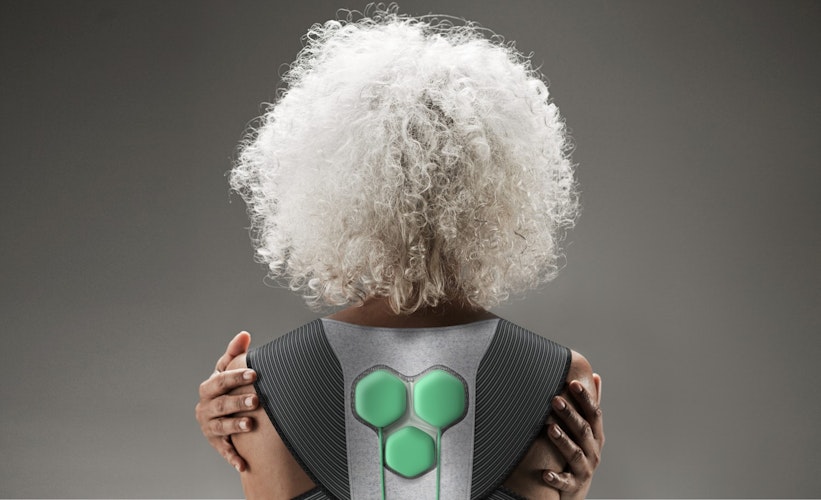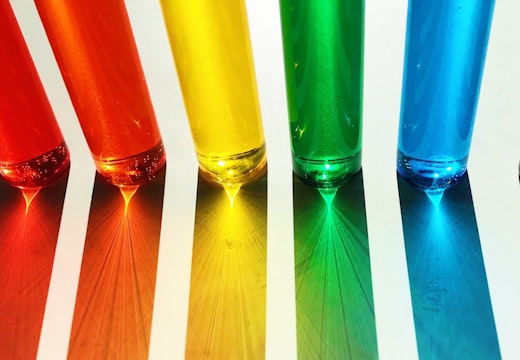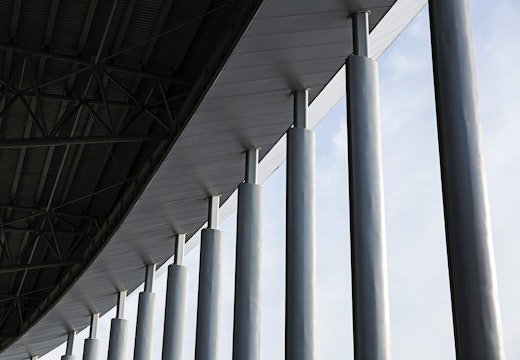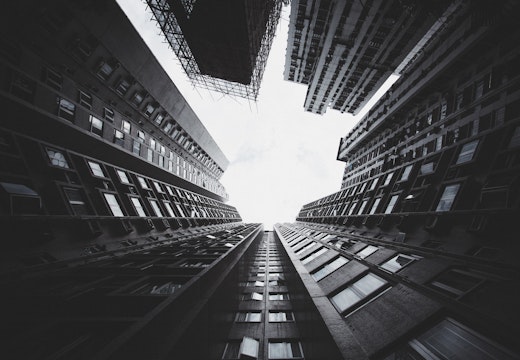Taiwan tackles the ageing workforce with show of innovations
As Asian economies wrestle with the need to keep ageing populations economically productive, a travelling exhibition is demonstrating how new design thinking can enhance the experience of working in later life
There is overwhelming focus on the design needs of the millennials in the workplace right now. But what about a world in which growing numbers of older people remain in the workforce long after their normal retirement age? How will the workplace adapt to this wave of demographic change?
A travelling UK Design Museum exhibition, New Old: Design for Our Future Selves, now on show in Taiwan, shares some of the design innovations that might support extended working lives. Curated by WORKTECH Academy director Jeremy Myerson, the exhibition looks broadly at design for an ageing society, showcasing new ideas that will enable people to lead fuller, healthier, more rewarding lives into old age. A working world more tailored around the needs of older people forms part of that vision.
‘It’s no coincidence that Taiwan should host an exhibition on design for ageing…’
It’s no coincidence that Taiwan, one of the most rapidly ageing countries in the world, should host the New Old exhibition after it opened in London last year and toured to Poland. The proportion of Taiwanese adults aged 65 and over grew from 10.9 per cent of the population in 2010 to 13.6 per cent just seven years. One in five people in Taiwan will be 65 and over by 2025. Life expectancy in Taiwan reached a record high in 2015, up to age 77 for men (similar to America) and 83 for women (better than America and similar to Germany and the UK).
Plugging skill gaps
In common with many economies in the Asian region, Taiwan recognises the importance of retaining the knowledge and expertise of older workers, as employers face gaps in the labour market and governments struggle to fund care for a dependent elderly population. Longer working lives will not only plug skill gaps and reduce welfare bills, but can also bring health and cognitive benefits if work tasks, tools and spaces are designed more appropriately for older people.
Enhancing muscle power
Among the design innovations on show in Taiwan is the Aura power suit designed by industrial designer Yves Behar of Fuseproject in partnership with Silicon Valley start-up Superflex to enhance the physical ability of our ageing bodies at home, on the move and at work.
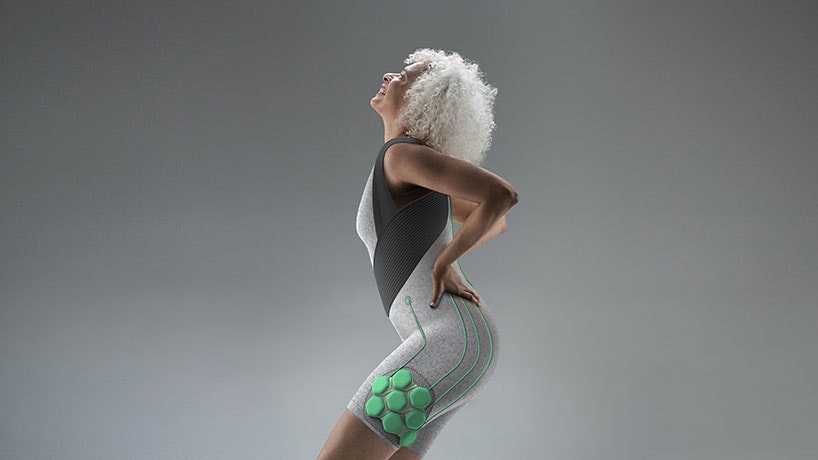
The Aura suit designed by Yves Behar of Fuseproject
This intelligent under-garment has motors, sensors and artificial intelligence embedded into a responsive system providing support for the user’s torso, hips and legs. The suit reacts to the body’s natural movement, adding muscle power to complement the user’s strength in getting up, sitting down or staying upright. Using biomimicry, the suit aligns itself with the anatomy of its wearer.
The hard technology components – including motors, batteries and control boards – are designed into hexagonal, low profile cells, which can be removed for cleaning. Behar showed the Aura power suit, which is currently in development, at WORKTECH West Coast in October 2017.
Manufacturing needs change too
The exhibition explores how design changes with more natural light, biophilia and ergonomic furniture might support an older workforce more successfully, and extends an age-friendly approach to the manufacturing sector. BMW, for example, has pioneered a range of initiatives in design and ergonomics on the car production line at its plant in Dingolfing, Germany, to address the needs of older workers.
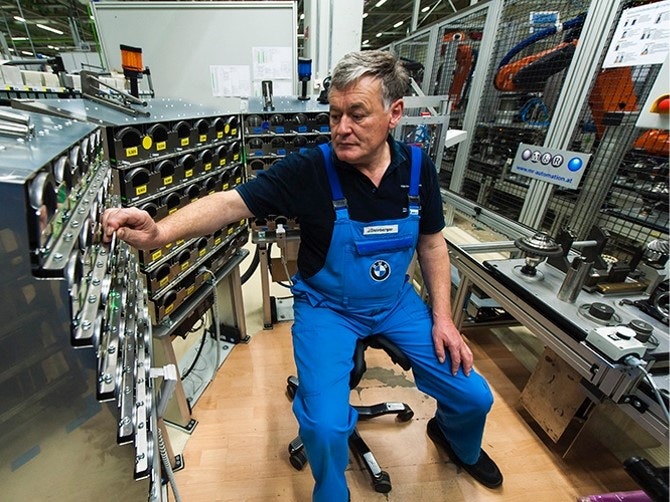
BMW in Germany have established initiatives for older workers in the production line
These include the use of magnifying glasses, stretching stations, wooden floors to improve cushioning and insulation, light systems to pick components and ergonomically designed standing chairs. Many of the changes came about as a result of employee input using a co-design approach, playing to the strengths of older workers in terms of patience and skill.
No retreat from the world
However the most symbolic exhibit for working longer in the New Old exhibition is by the Munich design studio of Konstatin Grcic. This a weatherproof outdoor structure for working and thinking – a safe place for concentration for older people – inspired by Antonello da Messina’s painting Saint Jerome in his Study, 1475. Made of hot-zinc galvanised mesh, the furniture piece counters the notion of retreat from the world; it suggests a desire to stay open and engaged in later life.
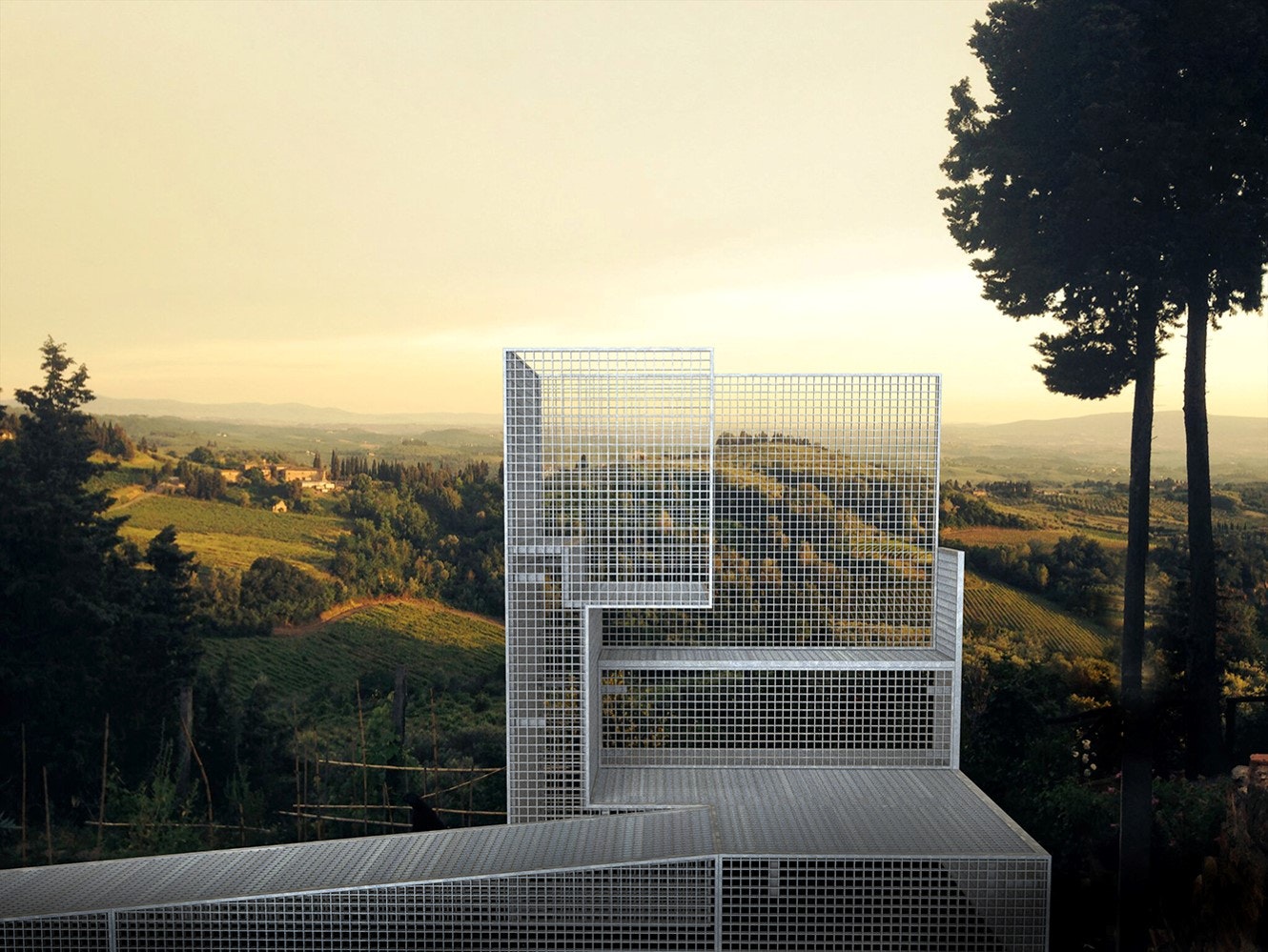
Munich designers Konstatin Grcic built safe structure for contemplation and working
Given the demographics of Asian societies, that desire to stay engaged with the working world will increasingly become an economic necessity.

